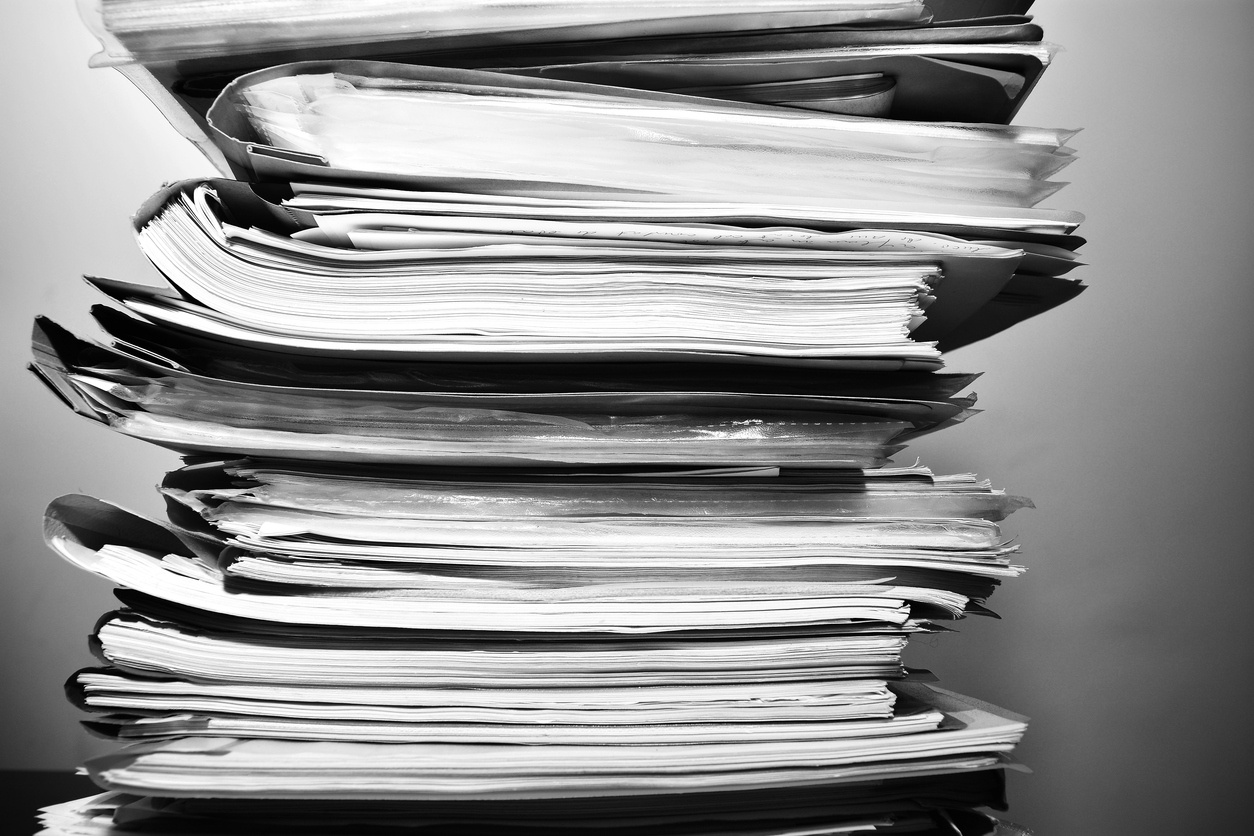Leasing can be the best way for certain types of shoppers to bring home their dream car. With a lease, you can get lower payments, fewer maintenance worries, and cheaper taxes. For the right person, it all makes leasing a car more attractive than buying a car. The catch, of course, is that it won’t technically be yours.
To understand how to evaluate leases, we need to understand how the dealership comes up with its monthly payments.
Understanding Car Lease Terms
How to Lease a Car
Calculating a Lease Payment
Leasing vs Buying a Car
Leasing FAQ
The Bottom Line
Understanding Car Lease Terms
Lease term
The lease term is the length of time the lease is in effect. This is typically two to three years, but there is no hard limit on the length of a lease (open-ended leases exist, but aren’t the norm). Leases tied to manufacturer incentives are always for a specific period of time. You could also be subject to an early termination fee if you decide to sell a leased car before the end of the lease term, but this can sometimes be negotiated when trading in.
Mileage allowance
One major difference between buying and leasing is mileage limits. Lease agreements generally specify a certain number of miles per year, usually around 12,000 to 15,000 miles. That’s because the lessor bases the terms of the lease on anticipated depreciation, and anticipated value of the car after the lease period, and mileage is a big part of calculating that. Going over the allotted annual mileage can result in mileage penalties.
Defining MSRP, Net Cap Cost, Residual Value, and the Money Factor
Auto lease deals use some specific vocabulary that’s important to understand. MSRP, or Manufacturer Suggested Retail Price, is the automaker’s recommended price for a car. Between us, however, just because the manufacturer suggests that price doesn’t mean you’ll need to pay it—even in today’s car market, negotiation is still a part of most deals.
And that is where net capitalized cost, or net cap cost comes into play. This is the price of the car after you’ve negotiated down from the MSRP using manufacturer rebates and discounts, your down payment, and the value of your trade-in (if you have one), but also after the dealership has tacked on its necessary fees. These fees are not usually a tactic to eke out more money from a customer, but simply costs associated with running the business. They’re usually referred to as title and registration (collected for the state), document (the cost of handling paperwork), and occasionally acquisition fees (what a leasing company will charge a dealership to provide the leased car) and disposition fees (for disposing of the leased vehicle at the end of the lease).
Generally speaking, the cost of a lease to a shopper is based on three items. First, there are unavoidable taxes and fees. Simply put, if you buy or lease a car, regardless of where you live, you’ll need to register it—and far be it from your state government to offer registration for free. Regarding taxes, leases offer a major benefit over buying a car in that the shopper is required to pay taxes on only the lease payments, not on the total cost of the vehicle.
Next up is depreciation. As we discussed in 10 Good Reasons to Buy a Used Car, as soon as a vehicle leaves a dealership lot and starts adding miles to the odometer, its value begins dropping. When structuring lease deals, the majority of the shopper’s payment is directed toward covering this cost of depreciation. Residual value is the amount the automaker estimates the vehicle will be worth at the end of the lease term. Essentially, the lower the percentage of the purchase price of the vehicle the residual value is, the more expensive your lease payments will be.
Finally, while many shoppers look at leases as long-term rentals, where you’re paying for only the cost of the car’s depreciation over the loan term, there’s actually one other critical element in the dealership’s monthly payment formula: the money factor.
The money factor is set by the manufacturer, rather than the dealership, and each one is specific to a make and model. Higher volume cars like a Honda Civic will typically have very low money factors, whereas a Honda Pilot would usually have a higher one. When a carmaker needs to boost sales of a particular model, it will usually lower that model’s money factor. However, this isn’t a figure you can negotiate with the dealership.
When a dealership leases you a car, it adds the cost of interest by multiplying the money factor by the car’s net capital cost plus the residual value—yes, that’s correct: your lease deal’s interest is based on the negotiated price of the car plus the car’s expected residual value. The money factor is displayed as a very small number—sometimes as low as .001. If you want to determine what the equivalent annual percentage rate (APR) of your money factor would be, just multiply it by 2400.
How to Lease a Car
The lease itself is a contract between you and the lessor (the dealership of the automaker finance company) based on the terms listed above. So just like financing a car purchase with a loan, leasing a car means going to a dealership and negotiating terms.
Where can you lease a car?
Leases are primarily available through new-car franchised dealerships. Some brands that sell cars directly to customers, such as Polestar, have also begun offering lease options as well. Independent dealerships that don’t have a relationship with a manufacturer generally don’t offer leases, and leases generally aren’t available for used cars.
Negotiating lease terms
Just as you can negotiate terms when purchasing a car, lease terms are also often negotiable. Things like the upfront cost of the vehicle, mileage allowance, monthly payments, or any purchase options or penalties for excessive wear and tear could be up for negotiation, but this depends on the dealership and the vehicle you plan on leasing.
Completing a lease application
Once you’ve agreed on terms, sign a lease agreement with the lessor. Make sure to read it thoroughly to ensure everything in your new lease matches what was discussed.
Calculating a Lease Payment
The lease payment is what you’ll be paying monthly, so it’s the most important number you’ll need to consider. Here’s how to figure it out.
Let’s say you’re in the market for a new Subaru Impreza. The dealer has a great-looking example on the lot, priced at $26,500. You don’t have a trade-in, and you’re not interested in making a down payment. After a bit of negotiation, you’re able to work the dealership down to an even $25,000. The anticipated residual value of the Impreza after 3 years is $16,000, and the dealer is offering to lease it for 36 months with a money factor of .0023.
Now for the next step: Based on the net cap cost minus the residual value, you’ll be responsible for covering $9,000 over 36 months, or $250 per month. The dealer will then calculate the finance fee of the lease by multiplying the money factor (.0023) by the net cap cost ($25,000) plus the residual value ($15,000), which comes out to $92 per month. Written as an equation, it would look like this:
($25,000 + $15,000) x .0023 = $92.00
That $92.00 is tacked onto each month’s $250 lease payment for a total of $342.00. If your state’s tax rate is 6.5%, you’d pay that tax on each monthly lease payment, driving the monthly cost up to $364.23.
That seems like a lot of money, especially if the dealer lured you in with a promise of a $250-per-month lease. When you purchase, rather than lease, you pay tax on the cost of the entire car. So, if you choose to buy the car outright via a 36-month car loan, and you’re looking at a monthly payment of $739.58:
($25,000 x 1.065) ÷ 36 = $739.58
Leasing vs Buying a Car
The opportunity to cut nearly $300 from a monthly payment is an attractive one, and more and more shoppers are opting to lease cars rather than buying them. The obvious caveat, however, is that when you lease a car, there’s an expiration date—at the end of the lease term, you have to either give the car back to the dealership or spend even more money to buy it. And if you’ve gone over your allocated mileage or if the car has sustained any damage beyond normal wear and tear, you’ll pay extra for that, too. If you choose to buy from the beginning, you’ll pay more, but you’ll get to take home both the car and its equity.
If you’re the type of person who likes to drive newer cars and you don’t care about owning your vehicle, a lease can be a smart choice. With maintenance plans often included and terms that almost never exceed the vehicle’s warranty, leases are a great way to build car ownership into your personal budget. Just keep in mind that leasing likely won't lower costs when it comes time to insure the vehicle.
If you’re the type who’d rather drive a car into the ground, buying is the clear answer. Your auto loan will have higher monthly payments, and paying for the car will take longer, but once it’s paid off, you’ll actually own the car in your driveway, and your leasing neighbors won’t.
Leasing FAQ
Do I Need Gap Insurance on my Leased Car?
Your insurance may not cover the entire loss if a car is totaled in a collision or stolen and not recovered. Gap insurance covers the difference that your standard car insurance does not pay, although the amount of coverage can vary based on state laws. It’s automatically included in some leases in the net cap cost, but isn’t a requirement.
What is Excess Wear and Tear?
Because lease rates are based on anticipated depreciation, the condition of the car at the end of the lease is also a factor. Lessors don’t expect cars to be returned in pristine condition—they’ll have been on the road for several years and tens of thousands of miles, after all—but the lessee is responsible for excessive wear and tear. If you smoke in the car, have kids, or park on the street or another location where dings and dents are likely to occur, be prepared to pay at the end of your lease.
Do You Need Good Credit to Lease a Car?
Dealerships may refuse to lease a car if you have bad credit, so it’s important to check your credit score beforehand. And as with negotiating a car loan, the better your credit, the more favorable the terms are likely to be. Good credit could mean lower monthly payments, for example.
The Bottom Line
Leasing can be the easiest way to get into a new car. With some prep work, such as familiarizing yourself with leasing jargon and checking your credit score and budget, you’ll be ready to negotiate favorable lease terms on your ideal new car.
Related Topics
How To Negotiate a New Car’s Price
Who to Expect at a Car Dealership
How To Buy a Car with Bad Credit
Read More CarGurus Tips and Advice
Updated on: August 21, 2019




